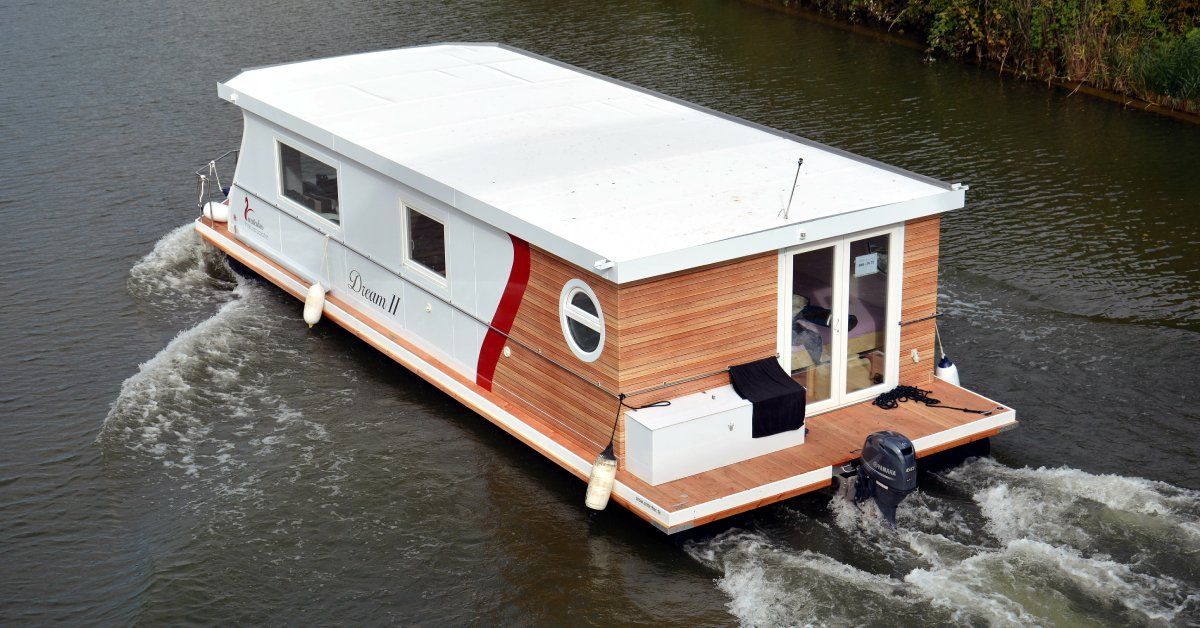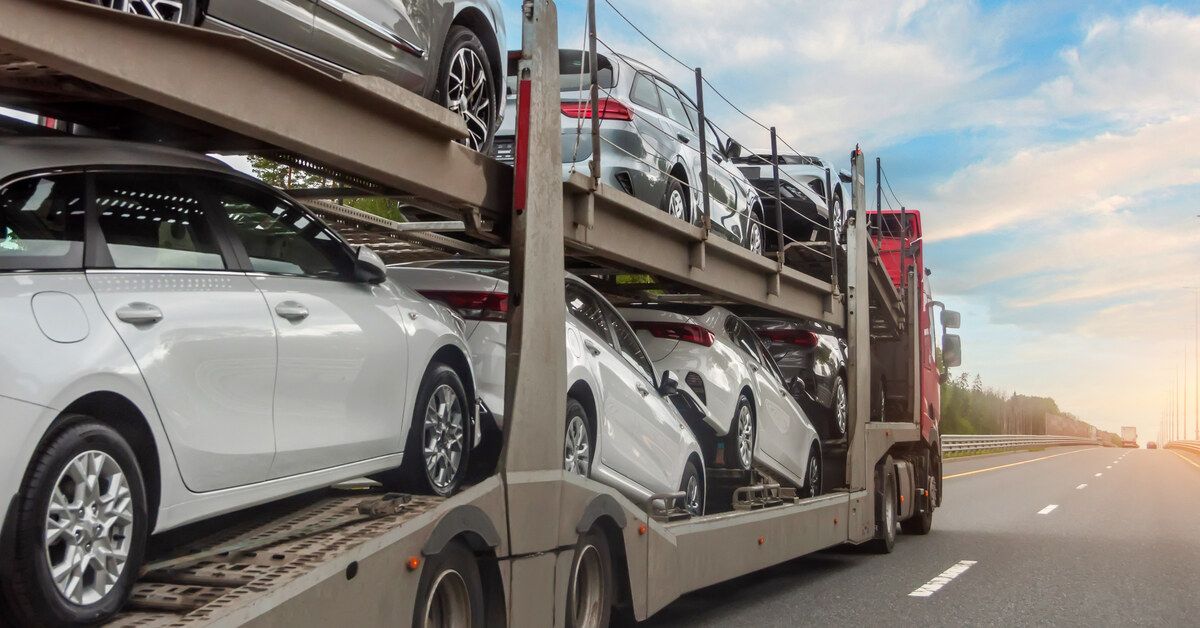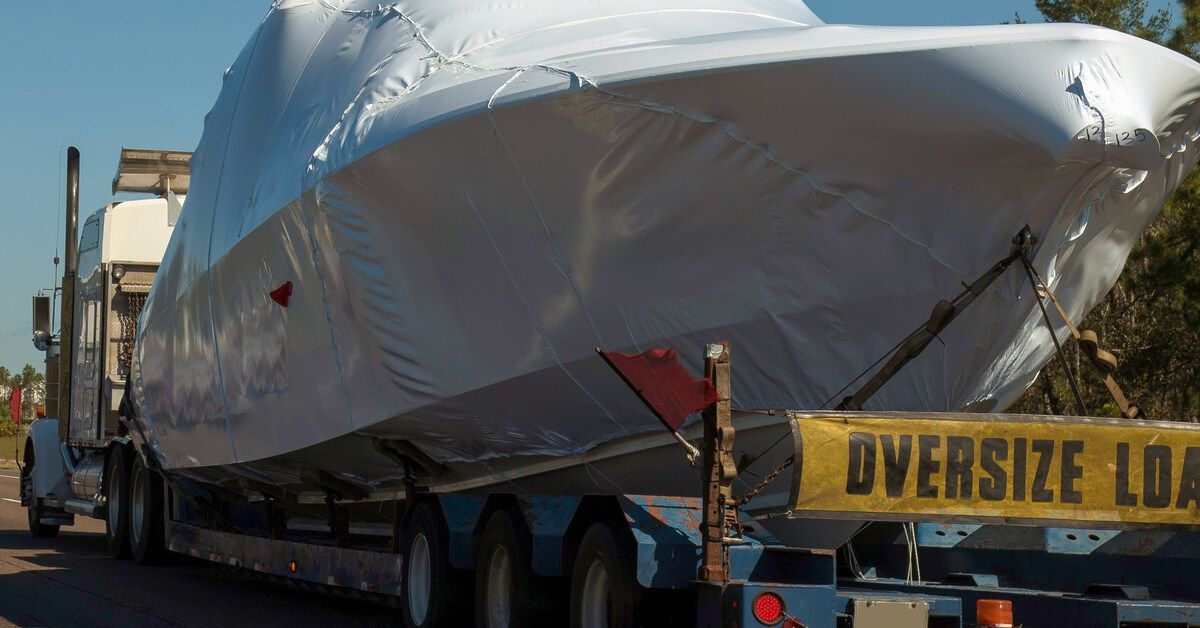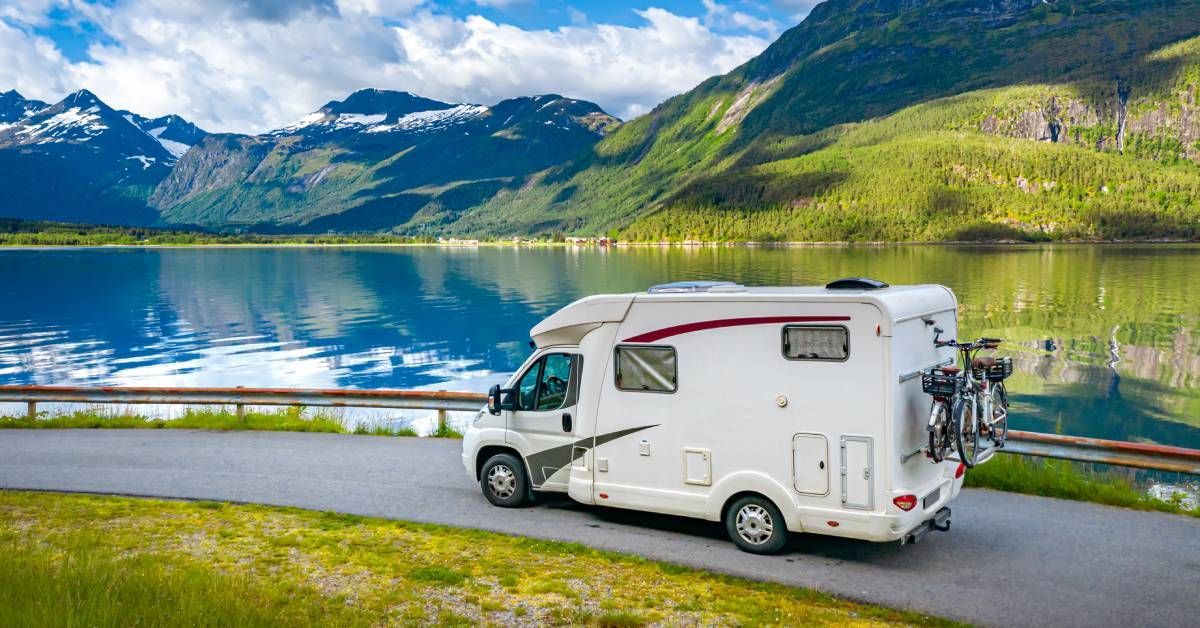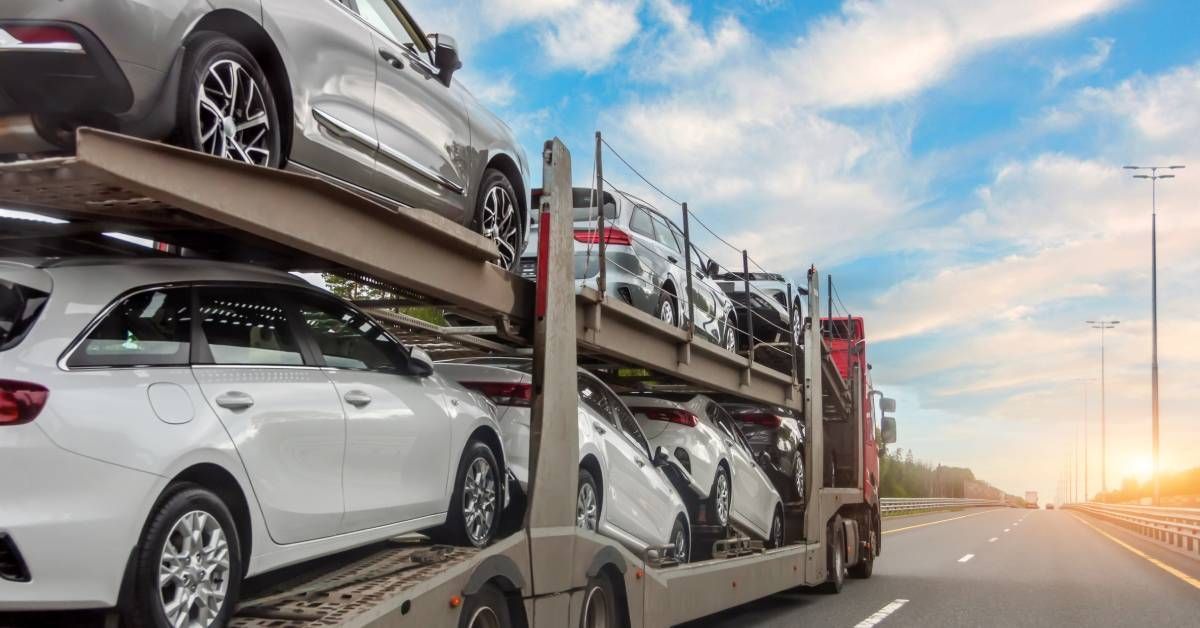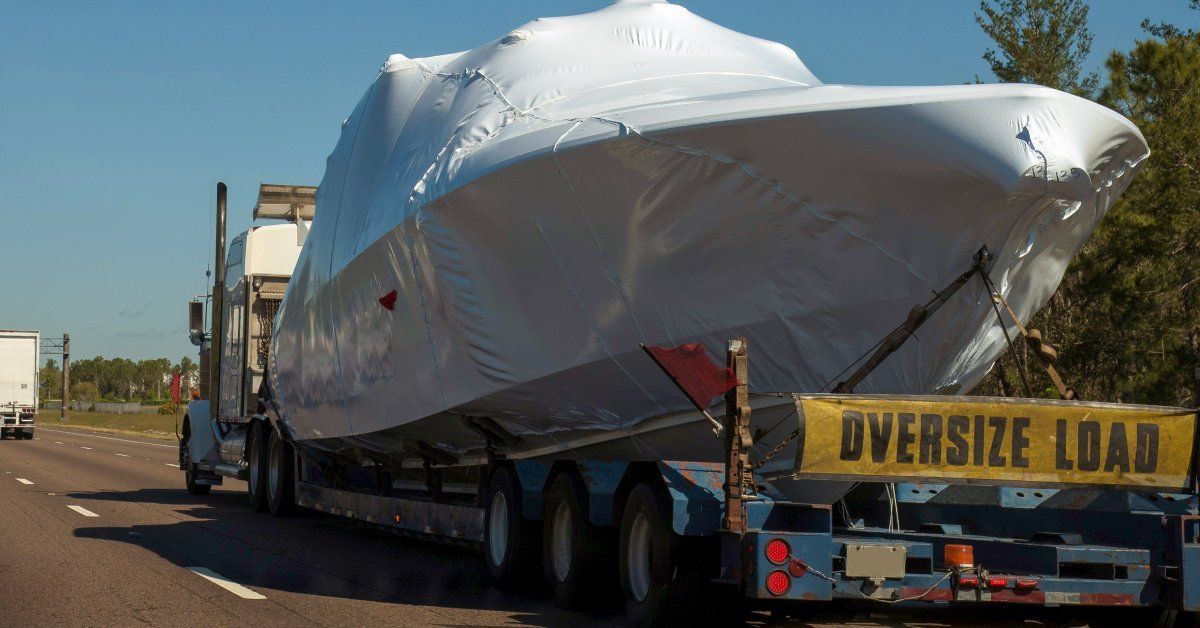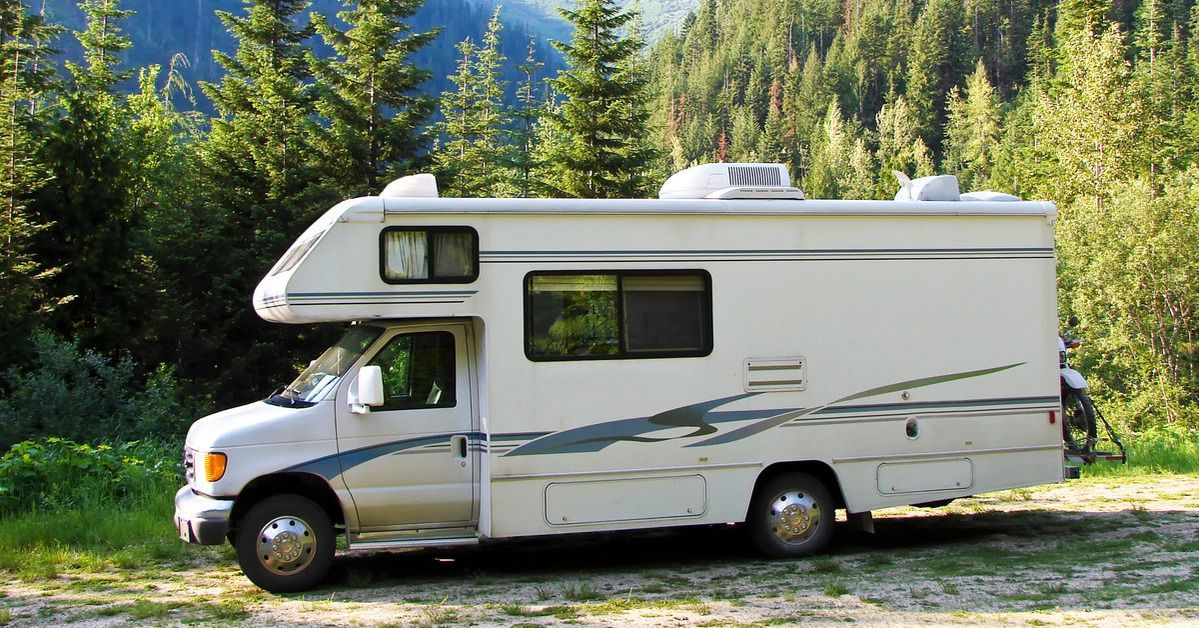The Differences Between Open and Enclosed RV Shipping
RV ownership means freedom, adventure, and the promise of exploring new horizons. However, when it comes to transporting an RV over long distances—whether you’re moving, embarking on an epic vacation, or purchasing a new unit—shipping options become an important consideration. Open and enclosed RV shipping are the two primary transportation methods, each with distinct advantages and disadvantages. Understanding the differences between open and enclosed RV shipping can help owners make informed decisions suited to their needs.
What Is Open RV Shipping?
With open RV shipping, an open-air trailer transports RVs uncovered. This option is cost-effective and efficient, making it one of the most popular choices among RV owners.
Advantages
One significant advantage of open shipping is its affordability. The use of open trailers allows transportation companies to ship multiple RVs simultaneously, spreading operating costs across several clients. This makes it an appealing choice for budget-conscious RV owners who need a reliable and economical shipping solution. Open transportation is also highly accessible, as the majority of shipping companies rely on this method due to its straightforward logistics.
Disadvantages
Despite its practicality, open shipping does come with drawbacks. Open-air trailers fully expose RVs to external elements throughout the journey. Weather conditions, including rain, snow, or intense sunlight, can potentially affect the RV’s exterior.
Additionally, while on the road, there’s a possibility of encountering debris, such as small rocks or dust, which could pose minor risks to the vehicle’s appearance. For owners of older RV models or those less concerned about aesthetic damage, these considerations may not outweigh the cost savings. However, owners of newer RVs or vehicles with advanced exterior finishes may find this option less appealing.
What Is Enclosed RV Shipping?
Enclosed RV shipping, by contrast, involves transporting RVs within a fully covered trailer. This premium method prioritizes the safety and protection of the RV, making it an ideal choice for owners seeking greater peace of mind.
Advantages
One of the most notable benefits of enclosed shipping is the ability to shield RVs from external elements. Whether it’s protecting from severe weather conditions or potential road hazards like flying debris, an enclosed trailer ensures the RV remains pristine during transit. This is particularly advantageous for owners of luxury RVs, vintage models, or custom-built units with high-end finishes that require extra care. Additionally, enclosed shipping often comes with enhanced security measures, safeguarding the RV against potential theft or unauthorized access.
Disadvantages
While enclosed transport undoubtedly provides superior protection, the higher cost associated with this service is a significant trade-off. The specialized equipment and reduced capacity of enclosed trailers mean transportation companies must charge a premium to cover their operational expenses. Furthermore, enclosed shipping may have limited availability compared to open options, requiring more advance planning to accommodate scheduling. For RV owners willing to invest in the highest level of care for their vehicles, the additional expense may be well worth it.
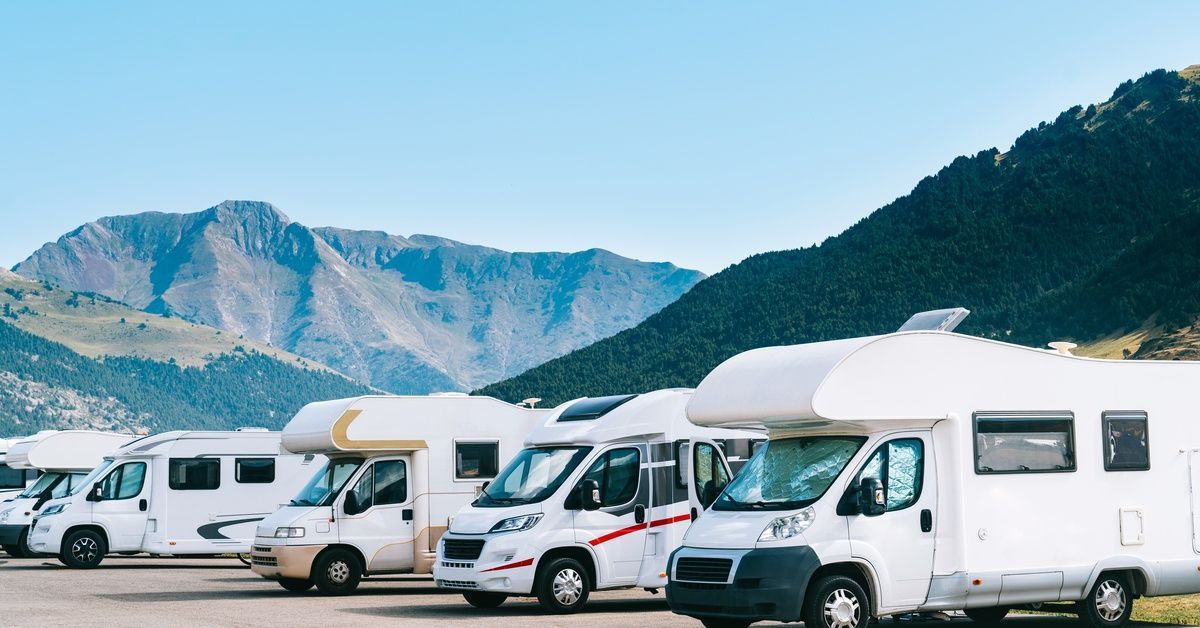
Comparing the Costs of Open and Enclosed RV Shipping
The pricing for RV shipping varies significantly depending on whether you choose open or enclosed transport. As mentioned, open shipping typically represents the more budget-friendly option due to its ability to transport multiple vehicles at once. On the other hand, enclosed shipping commands a higher price point due to the added protection, specialized equipment, and limited capacity of its trailers.
Additional factors play a substantial role in determining total shipping costs. The size and weight of the RV influence pricing, as larger and heavier units require specialized handling and may reduce the total capacity of the trailer. The distance between the pickup and drop-off locations further impacts costs, as longer routes inherently involve greater fuel and labor expenses.
Seasonal demand can also affect costs for both shipping methods. During peak moving seasons or periods of high demand, rates may surge, particularly for enclosed options. Finally, add-ons such as expedited delivery or extra insurance coverage may increase the final bill. Having a clear understanding of these factors can help RV owners determine potential costs and calculate their budgets more effectively.
Which RV Shipping Option Is Right for You?
Choosing between open and enclosed RV shipping ultimately depends on several personal considerations. The decision often comes down to balancing affordability, convenience, and the specific characteristics of your RV.
RV’s Value and Condition
The RV’s value and condition should serve as a primary decision factor. Owners of high-value luxury RVs or vintage models may prioritize investing in the protective benefits of enclosed shipping. Similarly, those concerned about cosmetic damage or maintaining the pristine condition of their RV may gravitate toward the added assurances provided by enclosed transport.
Total Cost
Cost-conscious owners or those shipping older, less expensive RVs may lean toward open shipping as a practical, economical choice. Assessing your tolerance for risk can guide this decision-making process in evaluating whether the potential exposure to elements outweighs the savings.
Destination-Specific Considerations
You should also consider destination-specific considerations, such as weather forecasts and road conditions along the route. Enclosed shipping becomes especially relevant for cross-country or winter transportation, where the RV may encounter harsher weather conditions. For shorter distances or less vulnerable climates, open transport may suffice.
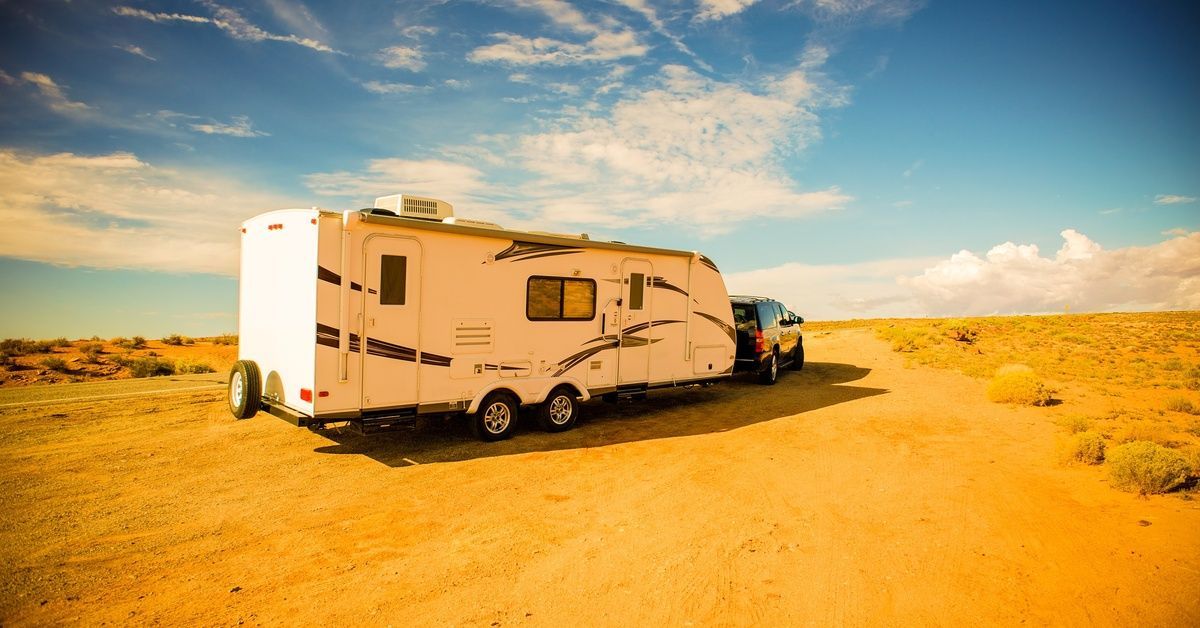
Finding a Reliable RV Shipping Company
Once you understand the differences between open and enclosed RV shipping, you can select the right shipping company for a hassle-free experience. A reliable company should demonstrate a track record of professionalism, customer satisfaction, and clear communication throughout the process.
Good Reputation
Start by researching companies with specialized expertise in RV transport, as they can handle the specific requirements and challenges associated with large vehicles. Check online reviews and testimonials to gauge the quality of service and identify companies with a history of consistent reliability. Reputable providers should also be fully licensed and insured, guaranteeing coverage in the unlikely event of damage to the RV.
Transparent Pricing
Transparent pricing is another hallmark of a trustworthy shipping company. Request detailed quotes from multiple providers, ensuring there are no hidden fees. Take the time to review the contracts and confirm the services included in your agreement. For added assurance, inquire about tracking systems or real-time updates, which allow you to monitor the RV’s location during transit. Adequate communication and transparency are essential for confidence throughout the shipping experience.
Choosing the Best Way To Ship Your RV
The choice between open and enclosed RV shipping comes down to balancing cost, convenience, and the level of protection you need. Open shipping offers a reliable and cost-effective solution for most RV owners but comes with exposure to external risks. Enclosed shipping provides unparalleled protection and peace of mind but at a higher price point. By evaluating the RV’s value, your personal priorities, and relevant logistics, you can determine the best option for your specific needs.
Regardless of your choice, seeking out a reliable and professional shipping company will ensure that your RV arrives in perfect condition. At Coast to Coast Transportation, we provide top-notch RV hauling services you can trust. Get a quick quote and start planning your next big adventure today.


